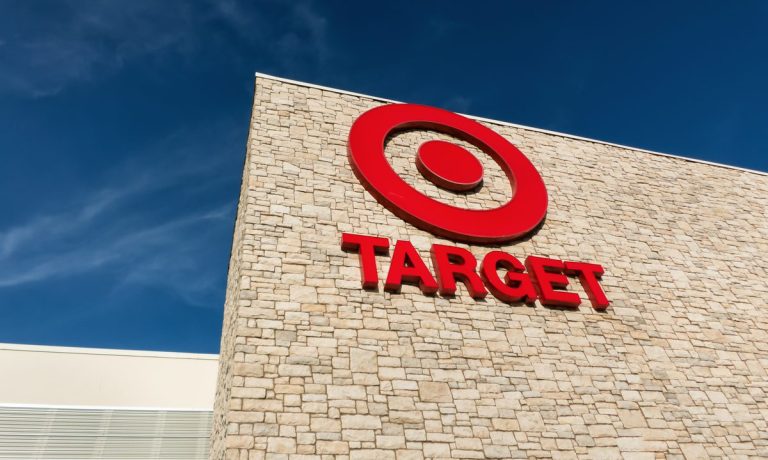Target Adding Nearly 100 Disney Shops To Stores In Expanded Partnership

Ahead of the holiday shopping season, Target is expanding its partnership with Disney, adding dozens of new shop-in-shop experiences to locations across the country as the Minnesota-based retailer looks to keep its traffic up in the second half of the year.
By the end of 2021, more than 160 Target locations will have Disney stores within their toy section, selling merchandise from popular Disney properties such as Star Wars and Raya and the Last Dragon. Target said it will also grow the dedicated online Disney section of its website. The retailer has over 1,900 stores across the U.S.
“Target continues to be a top toy destination for all families, and we’re pleased to offer unique experiences and a curated toy assortment that brings joy to parents and children of all ages,” said Nik Nayar, senior vice president of hardlines at Target, in a statement. “We’re seeing more guests shop for toys at Target than ever before.”
Disney and Target first partnered ahead of the 2019 holiday shopping season, with Disney stores rolling out to 25 Target locations as well as a complementary online experience. The “shop-in-shop” layout averages about 750 square feet and is typically located next to kids clothing and toys. Target later expanded the partnership to another 40 locations last year.
Related: Macy’s Brings Back Toys R Us, Exceeds Q2 Expectations
The news of new Disney stores at Target comes just days after Macy’s said it would be bringing the Toys R Us brand to its website immediately and into more than 400 retail stores in 2022 as part of a new partnership with WHP Global, which acquired a controlling interest in the toy brand earlier this year.
Increased traffic at Target locations in the second quarter led to comp sales growing by nearly 9 percent int the three months ended July 31, reflecting comparable store sales growth of 8.7 percent and comparable digital sales growth of 10 percent.
“Typically in retail, if you saw a large, mature company like ours growing at the rate we’re seeing today, you’d assume we were comping over soft numbers from the prior year,” Chief Financial Officer Michael Fiddelke told analysts and investors. “Instead, we’re comping over a year of record growth in 2020 on both the top and bottom lines.”
See also: Target CEO Sees ‘Tremendous Resilience’ In Consumers Amid Renewed COVID Concerns
A Symbiotic Relationship
With a growing number of shop-in-shop partnerships, Target is quickly becoming a mini-mall of sorts, gathering some of consumers’ most sought-after brands under one red bullseye. Earlier this year, Target said it would be “extending and expanding” its relationship with Apple with 17 in-store shops dedicated solely to iPhones, iPads, Macs and other products; and last month, the retailer said it’s set to launch more than 100 Ulta Beauty shop-in-shops, with several hundred more expected in the coming years.
See: Target Leads ‘Store Within A Store’ Trend As Retailers Show New Love For Old Tactic
Target also has a partnership with Levi Strauss through which the denim apparel company has dedicated displays at nearly 500 Target locations across the country after recently expanding ahead of the back-to-school shopping season. Levi Strauss CEO Chip Bergh told investors in July that the company “continues to be really happy with that relationship, and I think if we ask them (Target), they would say the same thing.”
And Target is hardly the only retailer latching onto the “store within a store” concept, which is experiencing a bit of a renaissance as digital sales and curbside pickup continue to eat into in-store traffic. Kohl’s is preparing to open Sephora shops at 200 locations across the U.S. this fall, and Nordstrom said in March it will add 40 mini-Tonal stores within its properties alongside sportswear and sneakers.
According to PYMNTS research, interest in curbside pickup has grown significantly, with nearly 16 percent of consumers who purchase digitally citing it as their preferred way of shopping — up from about 11 percent in March 2020. The share of online native shoppers has grown by 17 percent since the COVID-19 pandemic began, though 59 percent of consumers say they prefer to pay for products and receive them in-store.
You may also like: New Data: More Than Forty Percent of US Consumers Shop Through Digital Channels … And Stay There